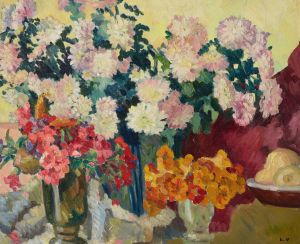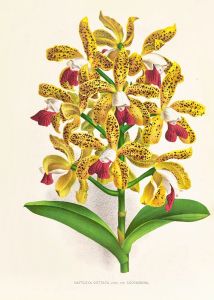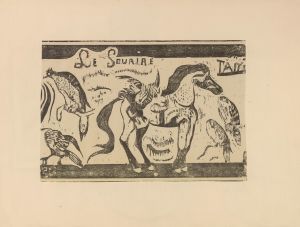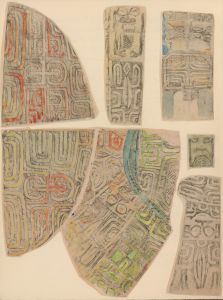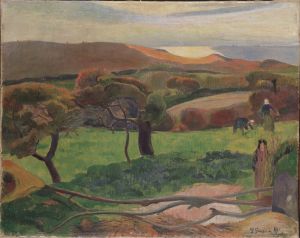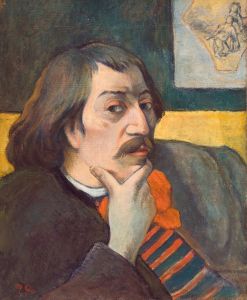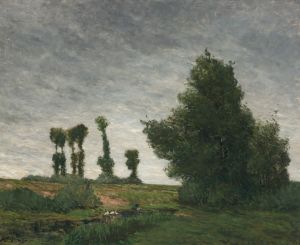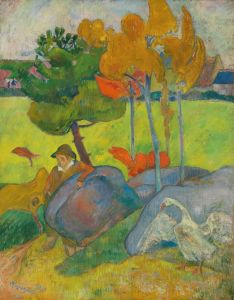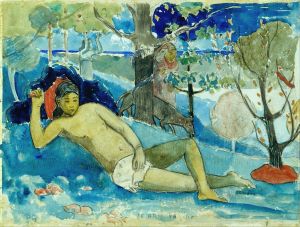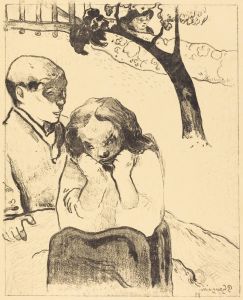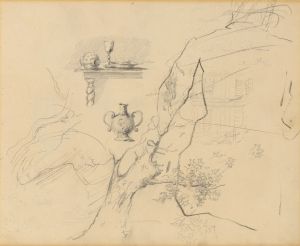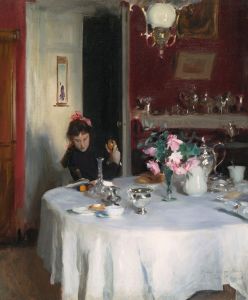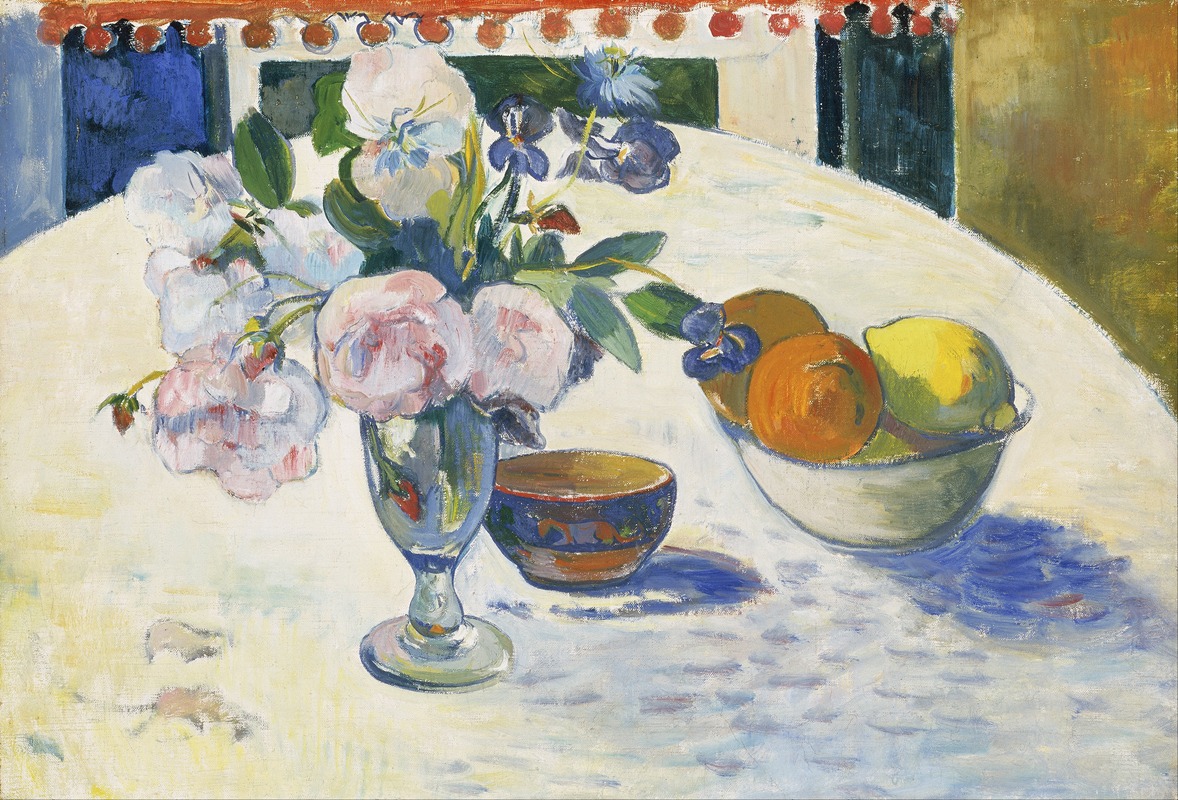
Flowers and a Bowl of Fruit on a Table
A hand-painted replica of Paul Gauguin’s masterpiece Flowers and a Bowl of Fruit on a Table, meticulously crafted by professional artists to capture the true essence of the original. Each piece is created with museum-quality canvas and rare mineral pigments, carefully painted by experienced artists with delicate brushstrokes and rich, layered colors to perfectly recreate the texture of the original artwork. Unlike machine-printed reproductions, this hand-painted version brings the painting to life, infused with the artist’s emotions and skill in every stroke. Whether for personal collection or home decoration, it instantly elevates the artistic atmosphere of any space.
"Flowers and a Bowl of Fruit on a Table" is a still life painting by the French Post-Impressionist artist Paul Gauguin. Created in 1888, this work exemplifies Gauguin's evolving style during a period of significant artistic development. Gauguin is renowned for his bold use of color, innovative compositions, and his departure from the naturalistic representation that characterized much of 19th-century art.
The painting depicts a table adorned with a vibrant arrangement of flowers and a bowl of fruit. Gauguin's choice of subject matter reflects his interest in everyday objects, rendered with a heightened sense of color and form. The composition is carefully balanced, with the flowers and fruit arranged to create a harmonious visual effect. The tablecloth, rendered in a rich pattern, adds to the overall texture and depth of the scene.
Gauguin's use of color in "Flowers and a Bowl of Fruit on a Table" is particularly noteworthy. He employs a palette of vivid, contrasting hues that bring the still life to life. The flowers are depicted in bright reds, yellows, and whites, while the fruit bowl contains a variety of colors, including oranges, greens, and purples. This use of color is characteristic of Gauguin's work during this period, as he sought to move away from the muted tones of Impressionism and explore more expressive possibilities.
The painting also demonstrates Gauguin's interest in the decorative arts. The patterned tablecloth and the intricate details of the flowers and fruit suggest an appreciation for the aesthetic qualities of everyday objects. This focus on decoration and design would later become a significant aspect of Gauguin's work, particularly during his time in Tahiti, where he incorporated elements of local art and culture into his paintings.
"Flowers and a Bowl of Fruit on a Table" was created during a pivotal time in Gauguin's career. In 1888, he was living in Pont-Aven, Brittany, a region that attracted many artists seeking inspiration from its rural landscapes and traditional culture. It was here that Gauguin developed his distinctive style, characterized by bold colors, simplified forms, and a departure from the naturalistic representation. This period also saw Gauguin's collaboration with fellow artist Vincent van Gogh, with whom he shared a brief but intense artistic exchange.
The painting is an excellent example of Gauguin's ability to transform ordinary subjects into vibrant, expressive works of art. It reflects his interest in color theory and his desire to create a new, more symbolic approach to painting. Gauguin's innovative techniques and his willingness to experiment with form and color had a profound influence on the development of modern art, paving the way for movements such as Fauvism and Expressionism.
Today, "Flowers and a Bowl of Fruit on a Table" is recognized as an important work in Gauguin's oeuvre. It is held in a private collection, and its significance lies in its demonstration of the artist's evolving style and his contributions to the Post-Impressionist movement. Gauguin's legacy continues to be celebrated for his bold artistic vision and his impact on the trajectory of modern art.






